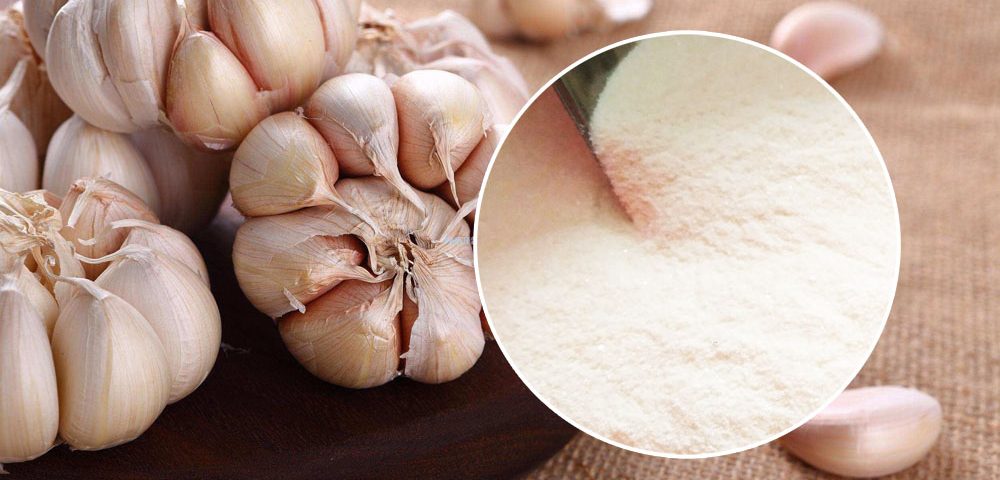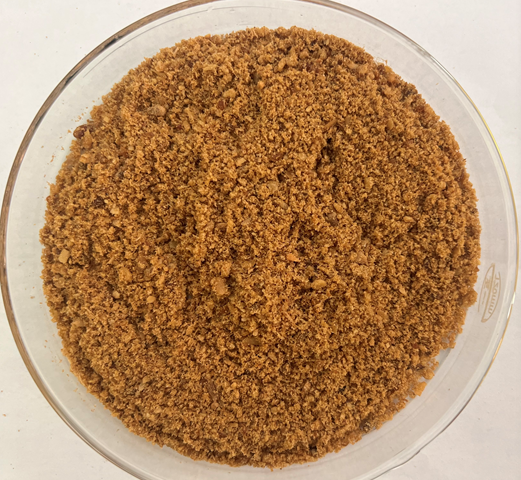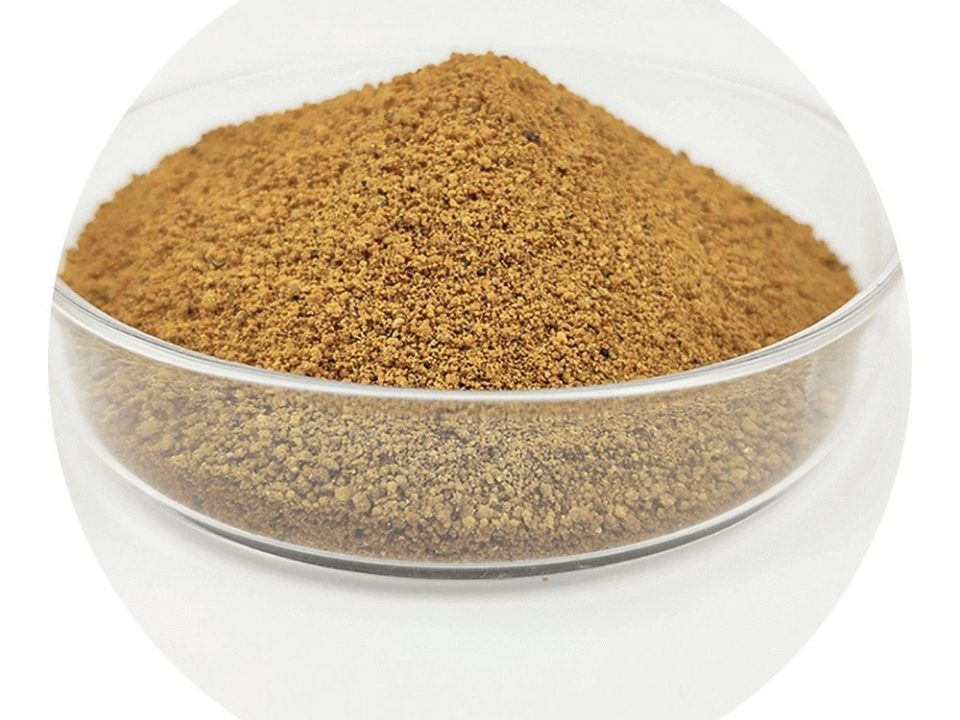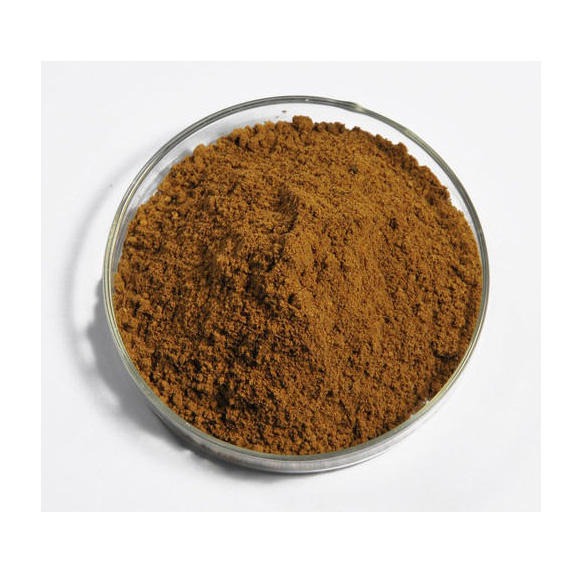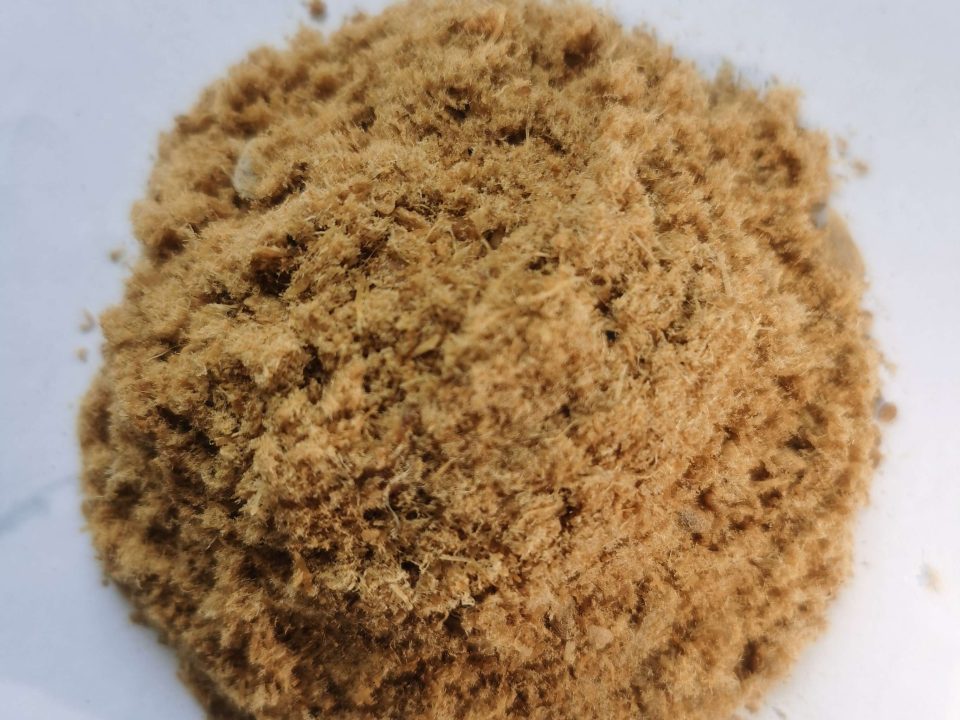Application of allicin in feed additives

Rational application of allicin
December 4, 2018
What Are the Animal Health Benefits of Allicin?
January 10, 2019Allicin; Diallyldisulfid-S-oxide; Dially disulfide
Alias: allicin; diallyl disulfide-oxygen [S] compound; garlicin; diallyl disulfide;
Allicin is a product extracted from garlic Allium Sativum L. bulbs.
Molecular formula: C6H10OS2
Molecular weight: 162.27
CAS No.: 539-86-6
Nature: light yellow oily liquid. The boiling point of 80-85 ° C (0.2 kPa), the relative density of 1.112 (20 / 4 ° C), the refractive index of 1.561. Soluble in ethanol, chloroform or ether. The solubility in water is 2.5% (mass) (10 ° C), the pH of the aqueous solution is 6.5, and an oily precipitate is formed upon standing. It is miscible with ethanol, ether and benzene. It is unstable to hot base and stable to acid. It is produced by the presence of garlicin under the action of garlic enzyme from the bulbs of garlic of the family Liliaceae. Also found in the bulbs of onions. It has strong garlic smell and spicy taste.
Allicin is a feed additive developed in recent years. Because of its natural characteristics, no residue, and high safety, it has become the most commonly used type of feed additive and is widely used in production. Allicin is a volatile oil extracted from spherical bulbs of garlic and is a mixture of diallyl trisulfide and methyl allylic disulfide. Among them, diallyl trisulfide has strong inhibition and killing effect on pathogenic microorganisms, and also has certain antibacterial and bactericidal effects. Allicin can be directly extracted from fresh garlic. About 1 ton of dry garlic can be extracted from kilograms of garlic oil. Now, artificially, it can also be synthesized by adding the main component diallyl trisulfide garlic oil to the carrier to prepare a powder, which becomes a certain amount of garlic preparation. Allicin is a natural antibacterial substance. It has similar effects as antibiotics and has no side effects such as antibiotics. It is a kind of feed additive with various effects and high safety. It is also a promising alternative to antibiotics in feed. Feed additives with wide and medium application have good application prospects..
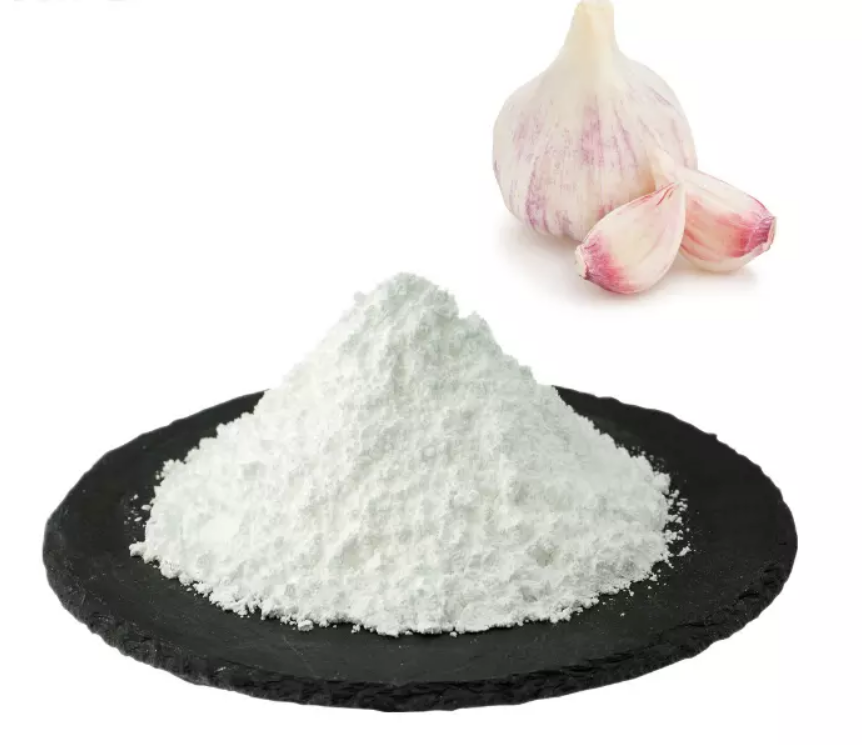
CAS 539-86-6 Feed Grade Supplement Allicin Powder in Stock
|
Name
|
Garlic allicin
|
||
|
Garlic allicin (Total thioether)
|
≥25%
|
||
|
Appearance
|
White powder
|
||
|
Aroma
|
Natural and pure garlic aroma
|
||
|
Particle size
|
Over 95% pass through standard sieve of 80 meshes
|
||
|
Certificates
|
MSDS, COA, ISO9001
|
||
|
Heat resistance
|
1.Heat resistance of 95℃ as recommended dosage 70-80 g/t
2.Heat resistance of 100℃ as dosage 100 g/t 3.Heat resistance of 120℃ as dosage 150 g/t |
||
|
OEM/ODM
|
Yes
|
||
|
CAS No.:
|
539-86-6
|
||
|
EINECS
|
208-727-7
|
||
|
Molecular formula
|
C6H10S2O
|
||
|
Molecular weight
|
162.26
|
||
|
Moisture
|
≤10%
|
||
|
Arsenic (As)
|
≤10mg/kg
|
||
|
Lead (Pb)
|
≤30 mg/kg
|
||
|
Appilcation
|
Suitable for all animals
|
||
|
Packaging
|
20kg/bag, 25kg/bag, 20kg/drum, 20kg/carton or as requirements.
|
||
|
Storage
|
Stored 12 months sealed in a cool, dry and airy place
|
||
Applications:
Garlic extract allicin can be used in food, health care products and pharmaceutical field due to the following functions:
1. Garlic extract allicin has been used as the wide-spectrum antibiotic, bacteriostasis, and sterilization.
2. Garlic extract allicin can clear away heat and toxic material, activating blood and dissolving stasis.
3. Garlic extract allicin can lower blood pressure and blood-fat.
4. Garlic extract allicin can protect brain cell.
5. Garlic extract allicin can resist tumor.
6. Garlic extract allicin can enhance human immunity and be delaying aging.
First, the characteristics of garlicin feed additives
1, a wide range of applications. Allicin has a broad antibacterial spectrum and can effectively prevent and cure a variety of common infectious diseases and promote healthy growth of animals. Allicin can be used in cattle, pigs, broilers, laying hens, ducks and fish and some special economically farmed animals. It can also be used in all stages of animal growth and has a wide range of applications.
2, low-cost. Allicin is used at a lower dose. Its price is also relatively low, which is a fraction of a fraction of the price of some imported growth-promoting additives, suitable for a wide range of applications.
3, no use contraindications. Allicin can be used in combination with other additives (including a variety of antibiotics) without antagonism. 4, high safety. Allicin has no accumulation in animals. The residual of allicin is extremely low. The content of allicin is not detected in muscles and internal organs, and it will not cause harm to humans and animals. Allicin will not cause poisoning, carcinogenicity and dislocation, so it is safe. Higher additive.
5, does not produce drug resistance, the use of antibiotics is prone to drug resistance, and the effect is gradually reduced, after a period of time need to change other drugs. Allicin is a natural antibacterial substance that generally does not produce resistance. So far, no alliin-resistant strains have been found in animal and wild strains, so allicin can be used for a long time.
6, has a variety of effects. Most of them can not only prevent and cure a variety of common diseases and promote animal growth, but also be an effective flavoring agent. The strong garlic can effectively mask the bad smell of some raw materials such as rapeseed meal, meat and bone meal, and improve the feed. The palatability of the animal to increase the feed intake. The special aroma of allicin has a strong attraction to most fish and can be used as an attractant for aquatic feed to attract fish. Allicin can enhance the special flavor of chicken and duck and improve the meat quality of factory-bred chickens and ducks. Allicin also has a certain control effect on chicken coccidiosis, and can be used as an anticoccidial additive in non-coccidial epidemic areas.
Rational application of allicin feed additives
1, direct application of garlic products. In the main garlic producing area, it is more economical to apply fresh garlic directly in the feed. Generally, fresh garlic is mixed with corn, and used directly after pulverization, and the active ingredient in garlic can be effectively utilized, and the general dosage is 1% to 2%. The garlic can also be dried to form a dry powder, which is then added to the feed, generally about 0.5%.
2, the application of allicin preparations. It is the most common way to chemically synthesize the active ingredient of allicin and then make a certain effective amount of commercial allicin. Commonly used 15% and 25% of the effective content of allicin. When selecting, pay attention to its effective content, especially the effective content of diallyl trisulfide, the active ingredient in garlic. Generally, the content of diallyl trisulfide in allicin should be above 60%. Allicin is a volatile substance that does not tolerate high temperatures. Some garlics are treated with special techniques such as encapsulation, which makes allicin can withstand high temperatures and maintain a long time of garlic. It is more suitable for products requiring high temperature granulation. Therefore, it should be reasonably selected according to the actual situation.
3. Use the dose. The amount of garlic used is too small, the effect is not obvious; the amount is too large, in addition to waste, the effect may be counterproductive. According to the characteristics of different growth stages of animals and the effective amount of allicin, the dosage should be reasonably determined to maximize the effect of allicin and save production costs. Under normal circumstances, the use of 25% of allicin 50 grams to 100 grams per ton of livestock feed has a good effect. In the use of fishmeal, cottonseed meal and other raw materials and application of fragrances antioxidant


